Roger Peng outlines four main roles of a data scientist:
If you’re reading this and find yourself saying “I’m not an X” where X is either scientist, statistician, systems engineer, or politician, then chances are that is where you are weak at data science. I think a good data scientist has to have some skill in each of these domains in order to be able to complete the basic data analytic iteration.
The good thing about data science is that you can apply the skills to different fields and tasks. It’s also one of the challenges when you’re in the early phases of learning, because you have to figure out what to work on. This should point you in the right direction.
See also: Peng’s tentpoles of data science.



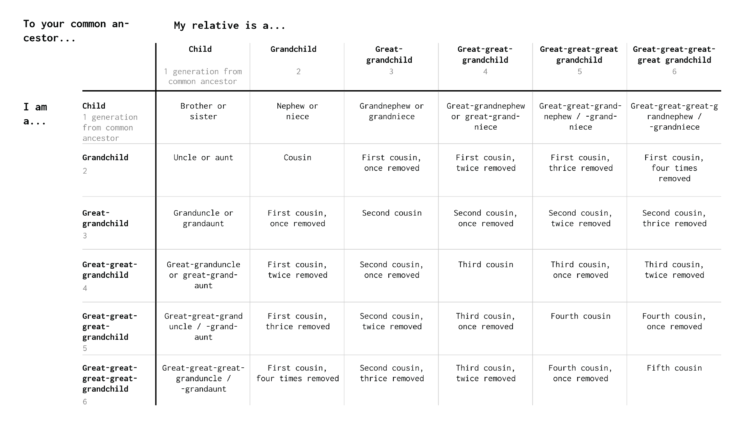
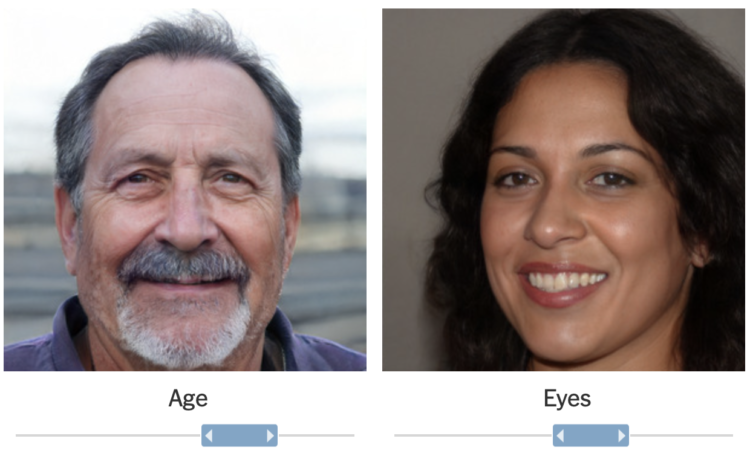
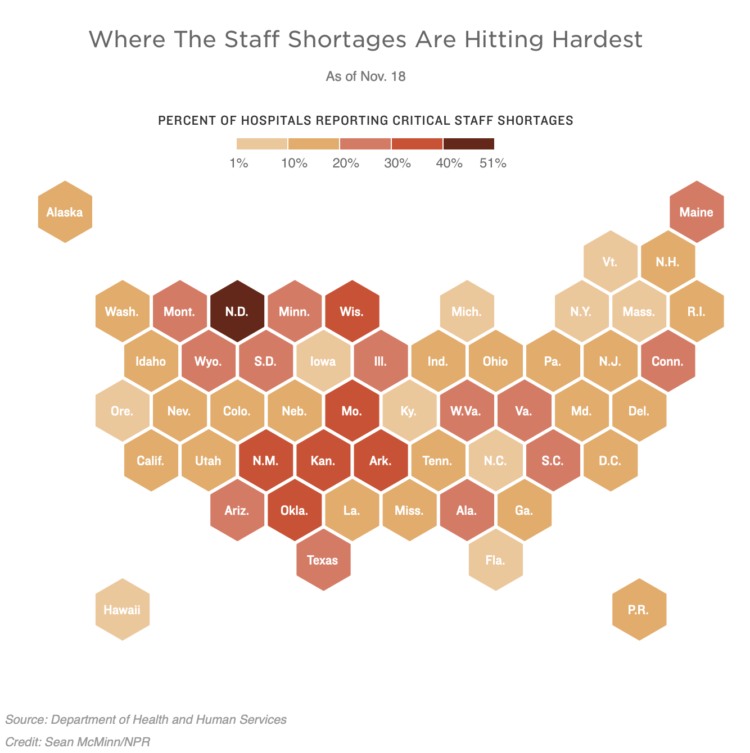

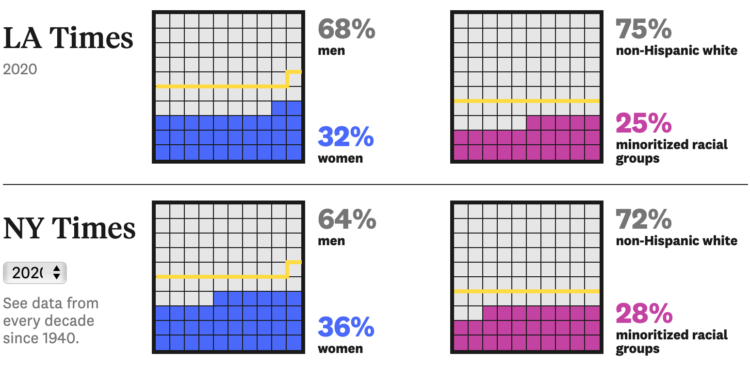
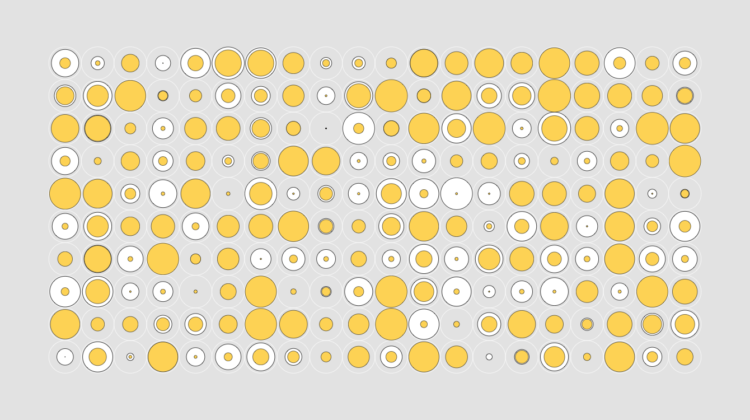
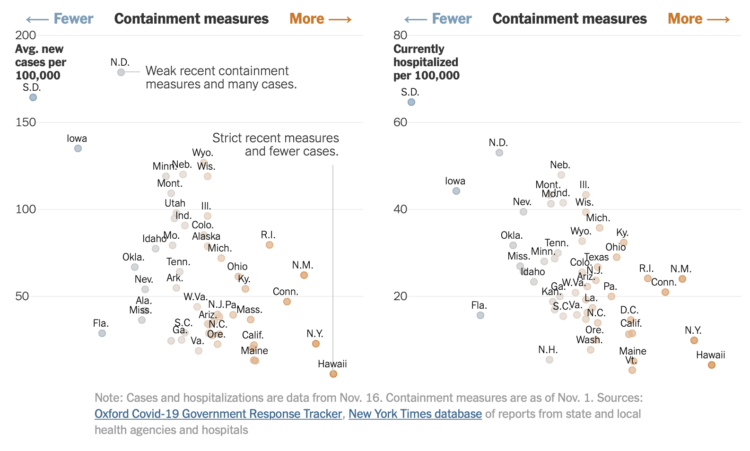
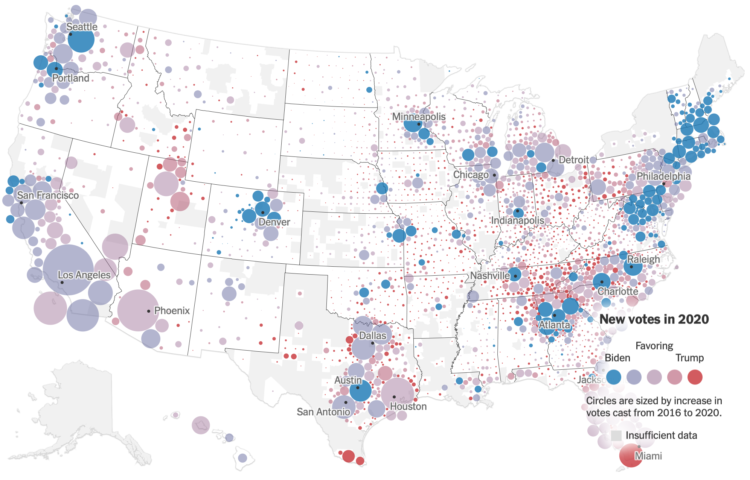
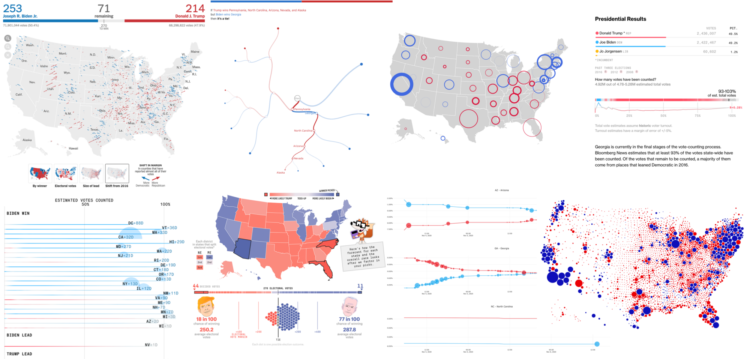
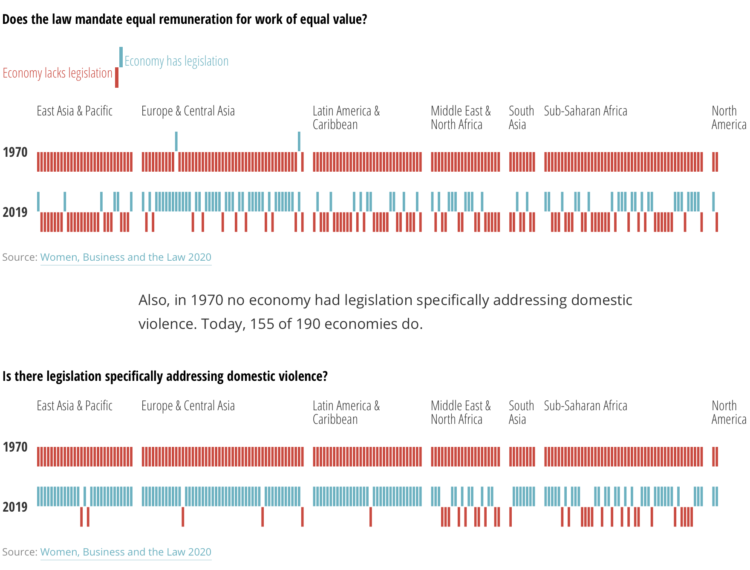
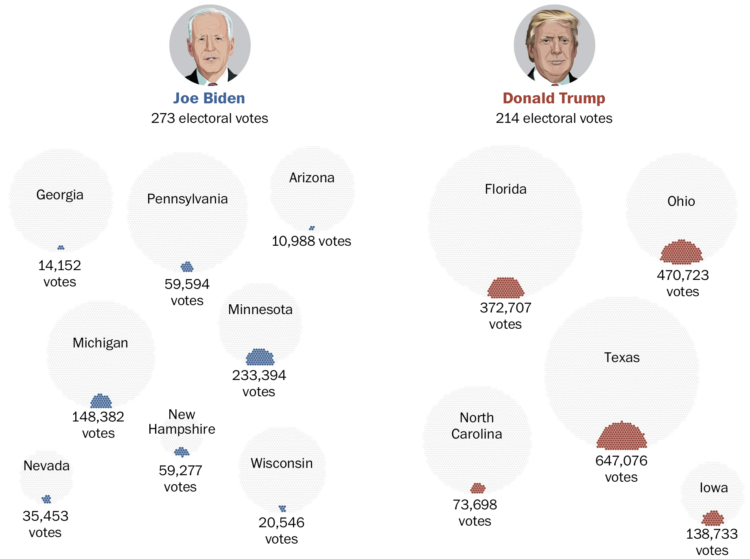
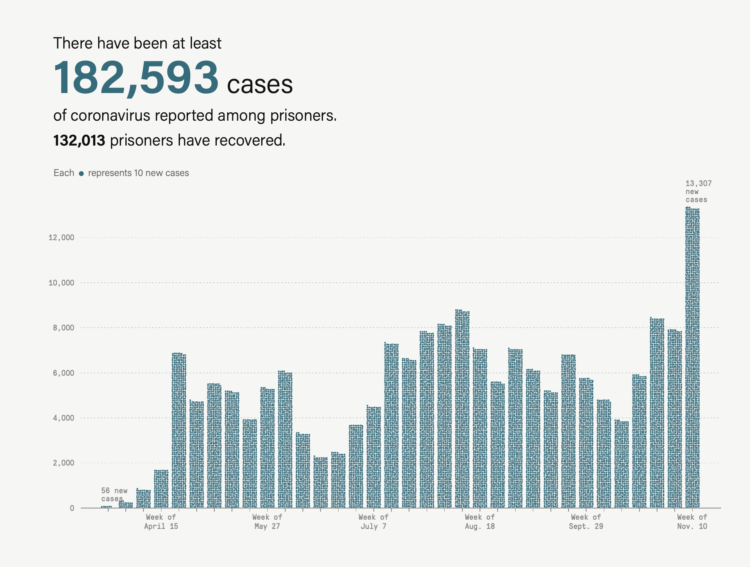

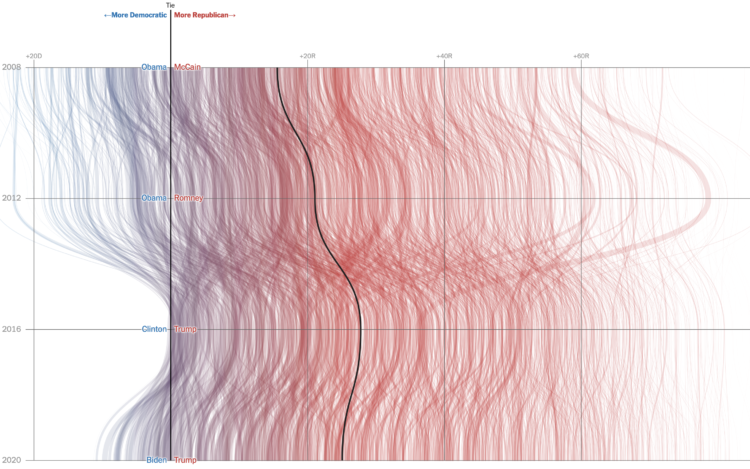
 Visualize This: The FlowingData Guide to Design, Visualization, and Statistics (2nd Edition)
Visualize This: The FlowingData Guide to Design, Visualization, and Statistics (2nd Edition)










